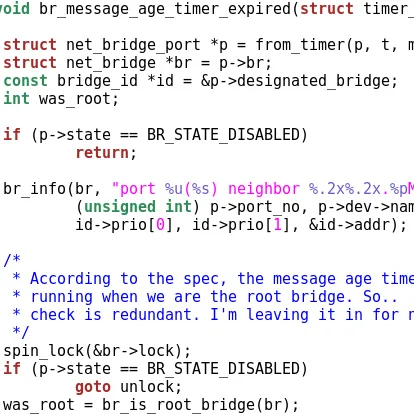Cairo 1.10 Released With Lots Of New Work

Cairo 1.10 is a recommended upgrade for all users as it brings many new features and improvements. Cairo 1.10 introduces a new image back-end that's designed to be much faster with polygon rasterization and the tessellator has been overhauled. This image back-end is not just faster but more visually perfect with the elimination of visual artifacts.
The Cairo API has also been updated (while still maintaining backwards compatibility) for better printing support, supporting the RGB16 format, and to work more closely with various acceleration architectures. There's also a new OpenGL back-end to Cairo that's superior to the Glitz back-end.
Cairo 1.10 also integrates cairo-trace, which is a utility developed by Chris for generating Cairo dumps that can then be re-played back later for either compatibility or performance testing of different Cairo back-ends and drivers. We hope to have cairo-trace support within the Phoronix Test Suite soon, but we're still waiting on Intel to send over a PTS test profile they had developed internally for Cairo benchmarking.
The Cairo 1.10 release announcement can be read on the GNOME mailing list.
8 Comments

